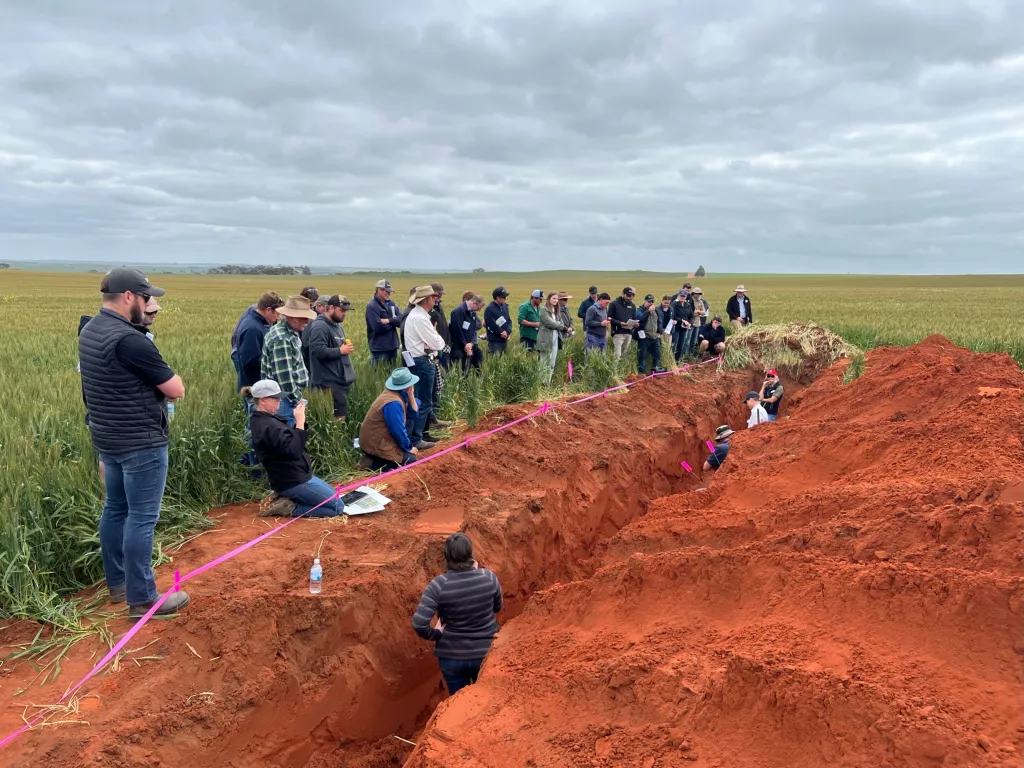Banding potassium increased profits from K fertiliser at Wyalkatchem
By Andreas Neuhaus, CSBP Fertilisers Research Agronomist
A CSBP trial near Wyalkatchem in 2023 showed that banding K-Till Extra on its own or with muriate of potash (MoP) at seeding was superior to topdressing MoP either pre- or post-seeding.
The highest wheat yield response (0.8 t/ha) came from topdressing 180 kg MoP/ha in June (Table 1). Every potassium (K) treatment was profitable, but the K banding treatment with 30 kg K/ha stood out as the most profitable treatment at this trial site.
Due to very low K reserves (Colwell-K = 15 mg/kg in the 0 – 10 cm layer and <15 mg/kg at 10 – 50 cm), rates needed to be lifted above 15 kg K/ha. Where no K was applied (treatment 1 in Table 1), yield was low and protein was high.
Placement and timing
Cereal plants need access to adequate levels of soil K early in the growing season and applications later than June may not be as effective – see the results in Table 1. Topdressed K needs rain to move it into the soil for root uptake. Growing season rainfall was 173 mm with most of the rain falling before the end of June. The later rainfall events were significantly smaller, which would have delayed the movement of K into the root zone for plant uptake.
The timing of topdressed K, either pre- or post-seeding, did not impact yield as much as banding K at seeding. Banding K puts it closer to the seed, which in this case led to superior yield results.

Potassium use efficiency
Potassium use efficiency (KUE) was highest where K was banded. This was calculated as yield increase divided by the K rate applied. At 15 kg K/ha banded, the agronomic KUE was 17 kg grain per kg K applied and at a rate of 30 kg K/ha the KUE was 21 kg grain/kg K applied.
In contrast, the KUE was only 6 – 7 kg grain/kg K applied when 30 – 90 kg K/ha was applied pre-seeding (April) and 7 – 12 kg grain/kg K applied when the same amount of K was applied post-seeding (June). The increased vigour from banding K was also observed in the field trial (Figure 1).

It is important to soil test to depth for K. If the soil is K deficient, consider the best placement and timing for the recommended K rate. To give plant roots the earliest access to K, banding K close to the seed using a compound fertiliser with better nutrient distribution is better than using a higher concentrated product like MoP (that provides the same amount of K).
Find out more about this trial here.

CSBP have been a long term supporter of the West Midlands Group.














